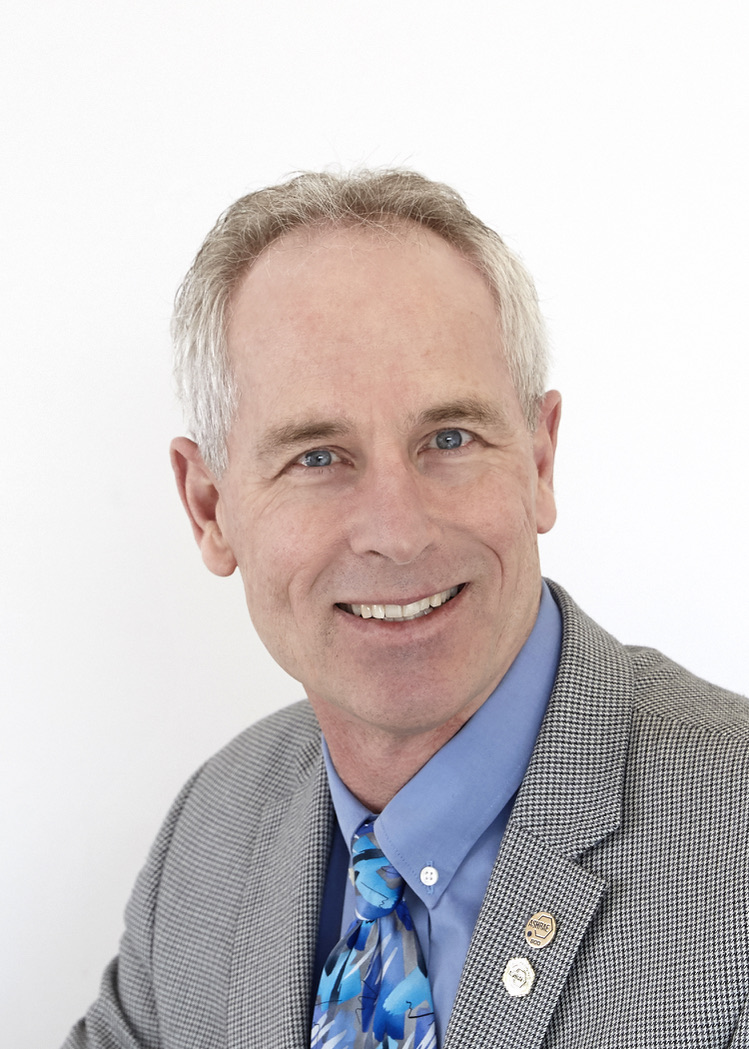
Professional Career:
Bill began his career after graduating in Mechanical Engineering doing HVAC consulting with a Saskatoon based Mechanical Engineering firm that completed many high-profile projects. Bill worked as a junior engineer on assignments that included Veterinary Infectious Diseases Organization and the University Hospital.
The opportunity to start his own consulting engineering firm took Bill into a new and varied direction. Bill worked on small and medium sized projects ($250K to $10M) in western Canada. Bill had a wide variety of clients that included Architects, Interior Designers, Engineers, Contractors and Building Owners. Through this experience Bill became very well versed in a variety of building types, mechanical system applications and energy management approaches.
An opportunity to join a larger engineering firm presented itself in 1988 and Bill became the Chief Mechanical Engineer with a primarily Civil Engineering firm. In that role Bill was able to bring along many of his established clients as well as work on larger civil engineering projects like water treatment plants and sewage treatment plants.
Bill recognized that good engineering design was an iterative process with the lessons-learned and improvements made being applied to the next project not the last ones. In 1991 the National Research Council of Canada’s Plant Biotechnology Institute (NRC/PBI) was looking for a Facility Manager. Bill recognized that this could be the type of opportunity that he was looking for where he could live with a building and make the iterative improvements to optimize the operations of that building. The NRC/PBI hired Bill and he began to apply his experience in building design and energy efficiency to that Facility. It was quickly evident that a substantial portion of the building’s energy consumption was related to the Plant Growth Facilities located in the main campus building and the Greenhouses located at Innovation Place. Bill was able to design and implement system modification to increase the efficiency of the mechanical and electrical systems that service the laboratory building while also improving the performance of the plant growth units. During his years with NRC/PBI Bill was part of the Management team and interacted with the senior scientists and senior managers from all across Canada.
In 1999 Bill was part of an NRC/PBI team that successfully procured federal and provincial grant funding to supplement NRC capital funds to build an Industry Partnership Facility. Key features of that addition included consolidation of all of NRC’s environment growth units into a single phytotron, a future rooftop greenhouse, biotechnology labs including technology service groups (DNA Services, Mass Spec and Bioinformatics) and building systems to optimize energy consumption in a 7000 m2 expansion. Bill was engaged in the design of the building including learning best practices from leaders in the international scientific community. He traveled extensively in North America to observe best practices for laboratory facilities in both the private and public sectors. The NRC building continues to be a leader in the application of innovative solutions to laboratory facilities.
The Property Management team at NRC was reorganized in 2012 and Bill became a Regional Manager in charge of all laboratory facilities in Western Canada. This included big science sites from Astronomy to Nanotechnology. Bill attributes his ASHRAE leadership activities in preparing him for the role of motivating and supervising professionals remotely and ensuring that they communicate with their local leaders and the central management team.
Bill retired from NRC in April 2019 and continues to reside in Saskatoon, Saskatchewan, Canada.
ASHRAE Participation:
Parallel to his engineering career Bill has been active locally, regionally and internationally with ASHRAE. His involvement has helped him develop an international network of industry experts in all aspects of building design, construction, commissioning, operation and management. He is a past chair of the Plant and Animal Environment Committee and has contributed to ASHRAE Handbook Chapters that deal with best practices in the design and operation of growth rooms, phytotrons and greenhouse facilities. He was a member of the Cold Climate HVAC Conference in Calgary 2012 which led to him being an author of two chapters and a review editor for the latest edition of the Cold Climate Buildings Design Guide. He chaired the committees that developed two ASHRAE Guidelines on the Commissioning of Existing Buildings, Guidelines 0.2 and 1.2. He has been a speaker at ASHRAE Annual and Winter Conferences and made presentations at Chapter meetings and Chapters Regional Conferences. After 39 years of service to ASHRAE, Bill was nominated and elected as an ASHRAE Vice-President in July 2019.
Bill has recieved the ASHRAE Regional Award of Merit, Distinguished Service Award and Exceptional Service Award.
Other Professional Organizations:
Bill is a Past member of the International Facility Management Association and was involved with the Saskatchewan Chapter of that group. He is currently a member of the BOMA 360 Program for the Building Owners & Managers Association International. He was a founding member of the Sustainable Laboratories Canada group and spoke at their Regional Conferences. Through the NRC Bill was involved with the Real Property Institute of Canada which included all of the Canadian Federal Government real property professionals.
Personal:
Bill is married with three adult children and ten grandchildren. In his spare time Bill is an avid golfer and plays hockey in an Adult Safe Hockey League. He just completed a major renovation of his backyard. Bill is a regular visitor to the Hawaiian Islands where he looks for inspiration for his gardens and his golf game.